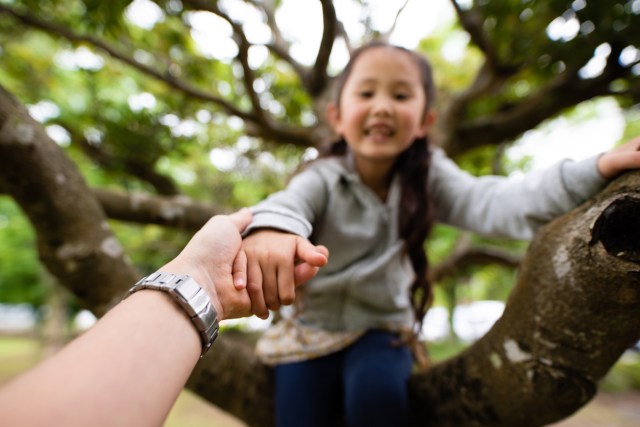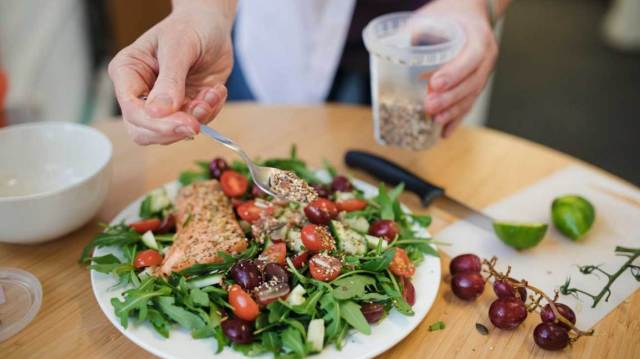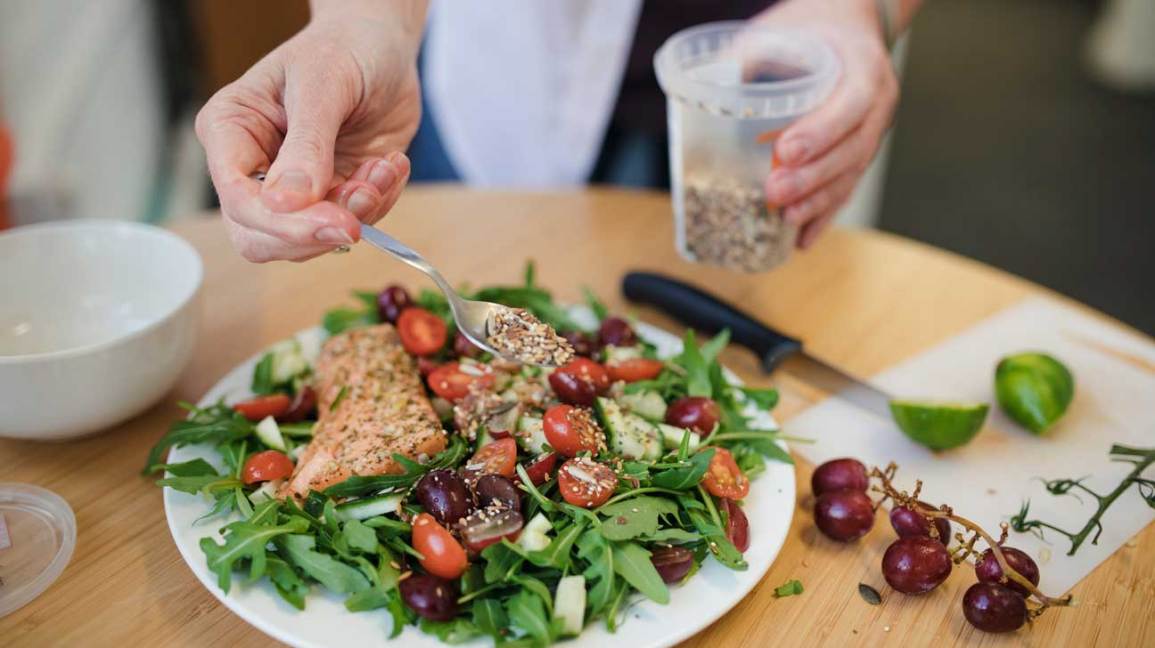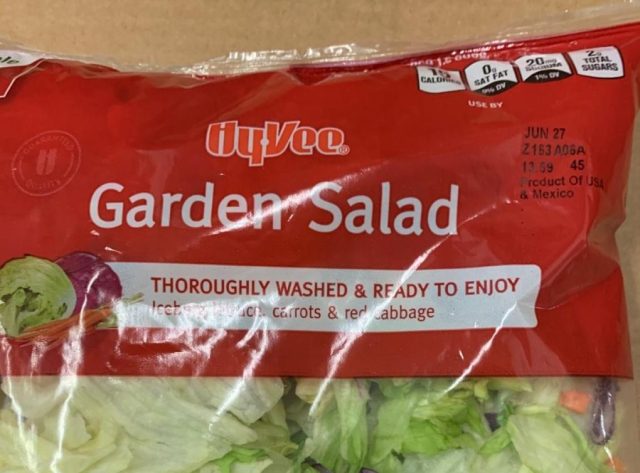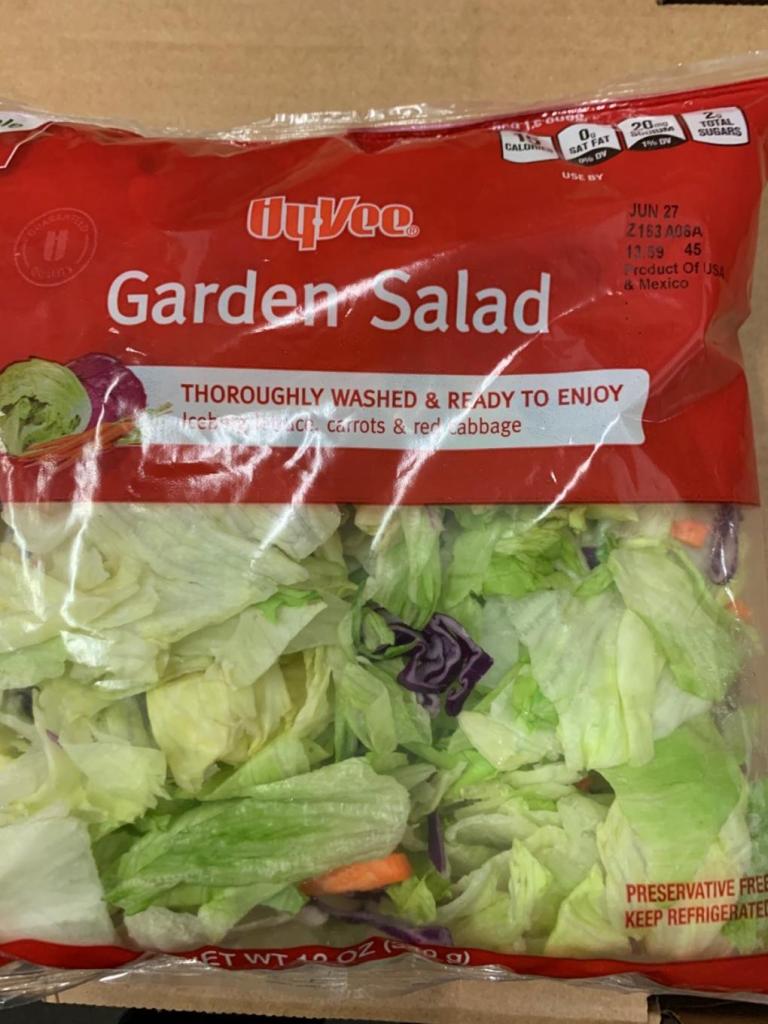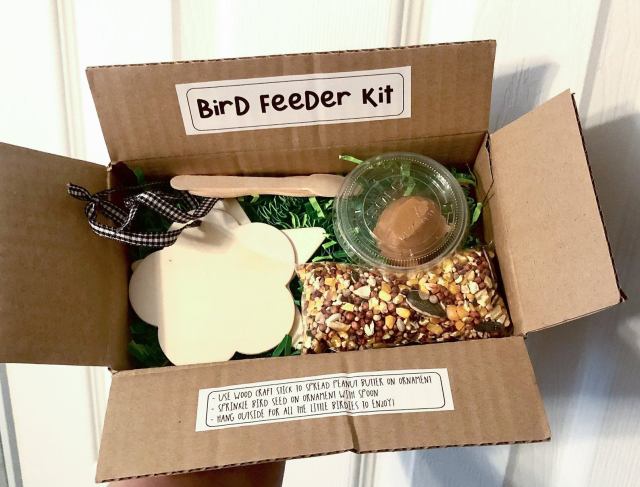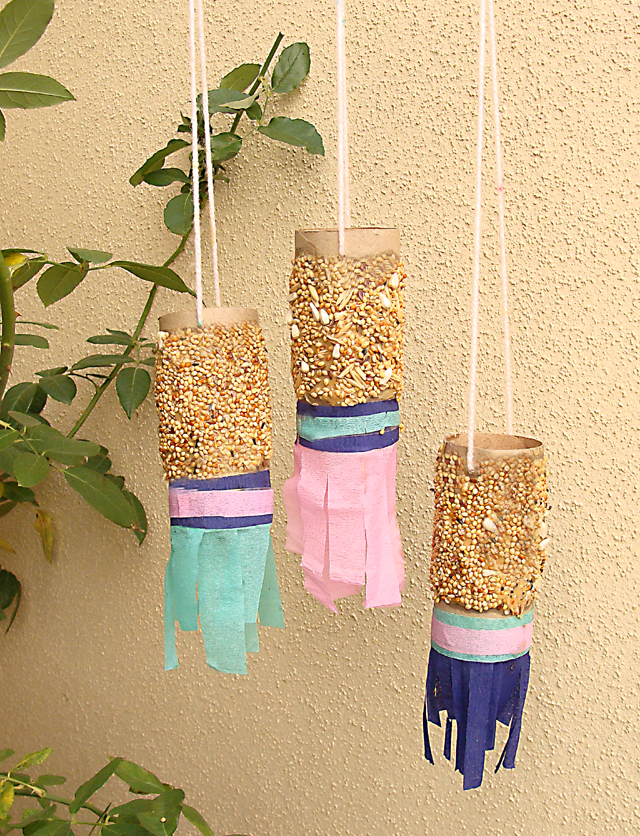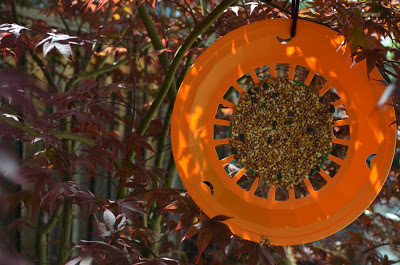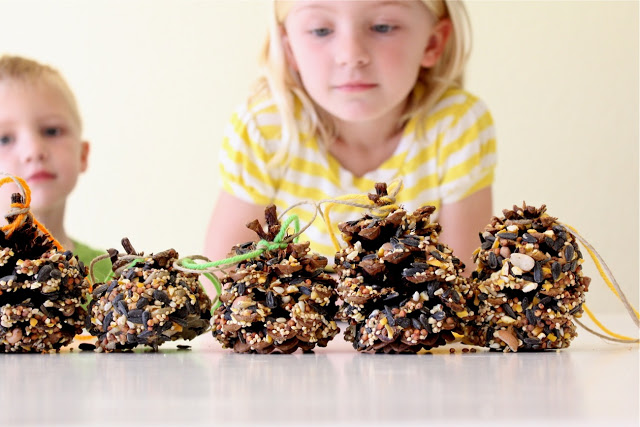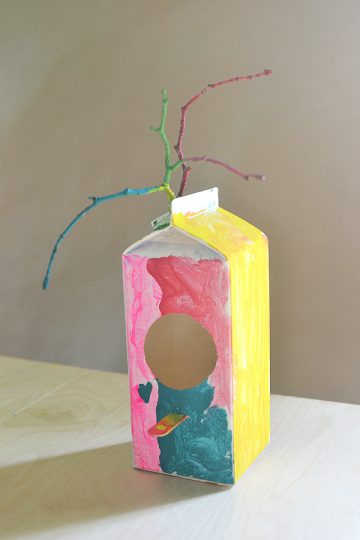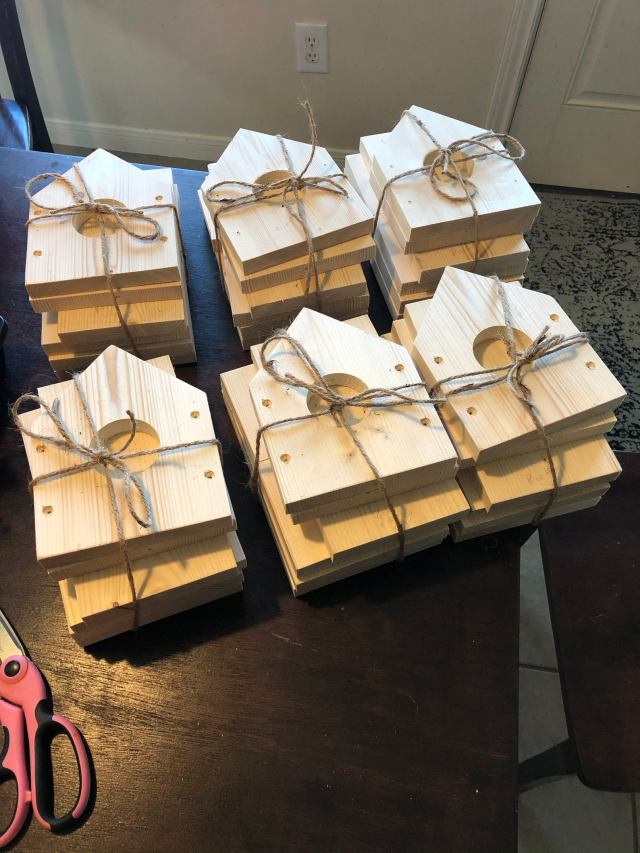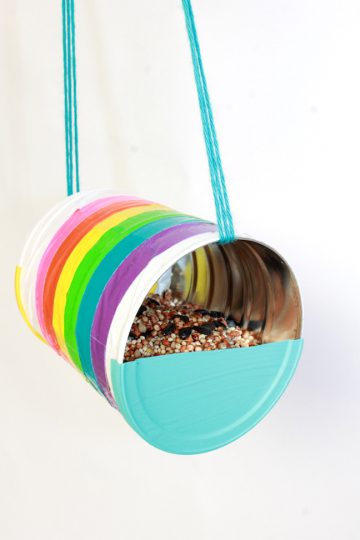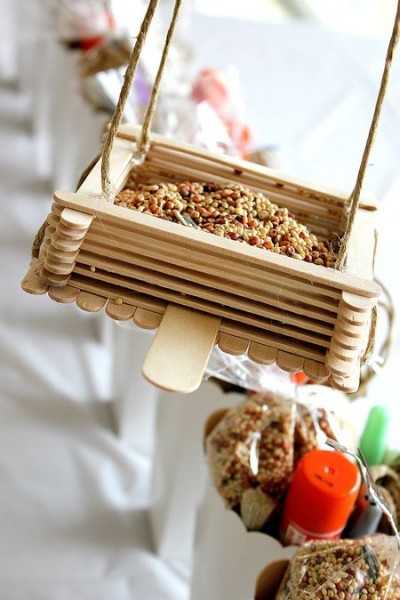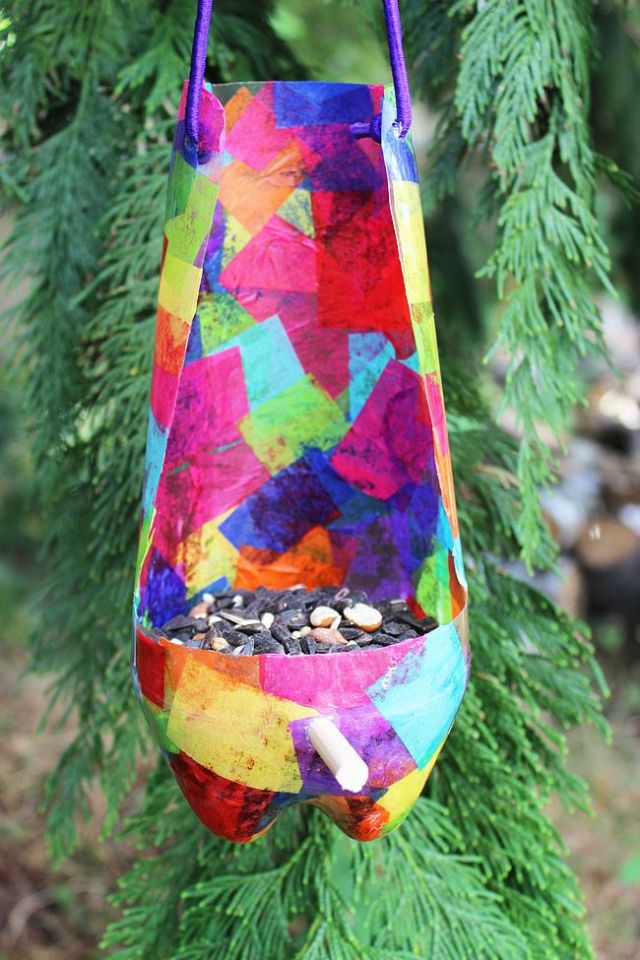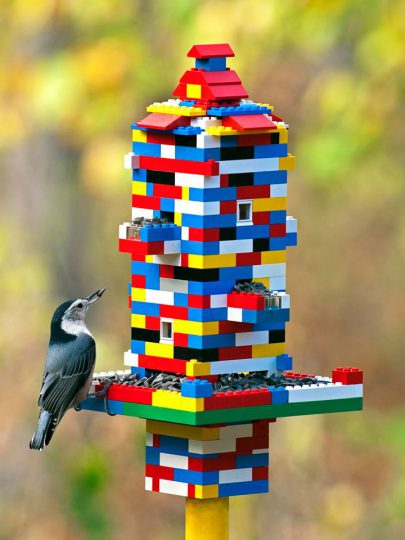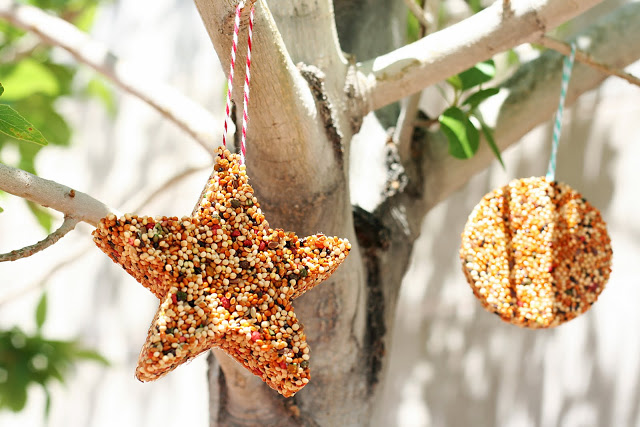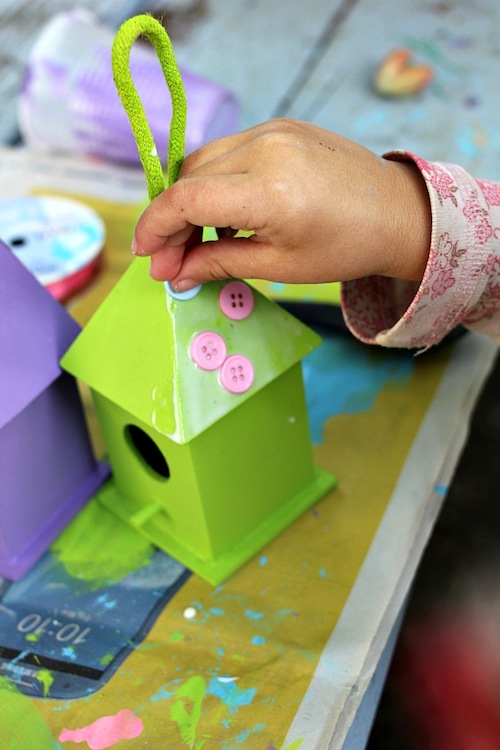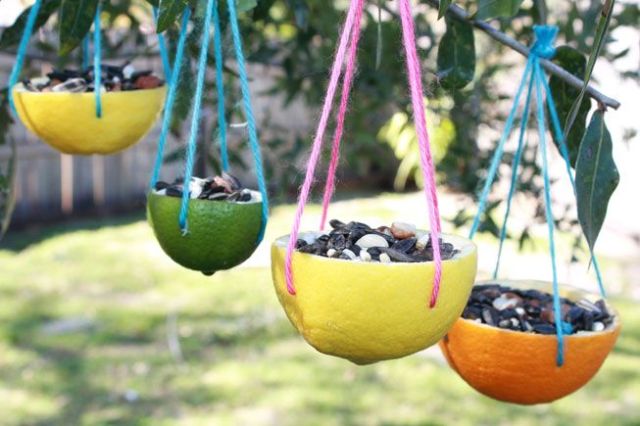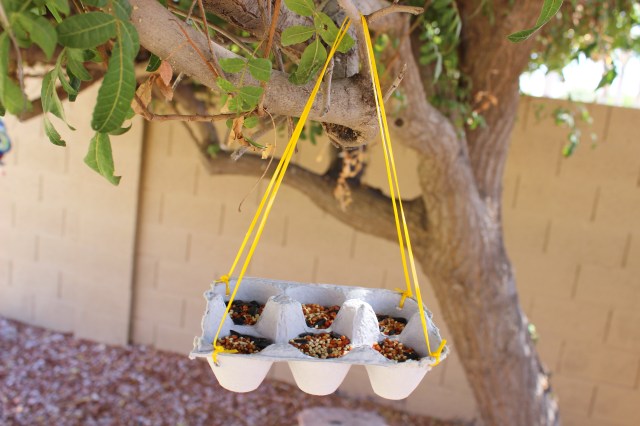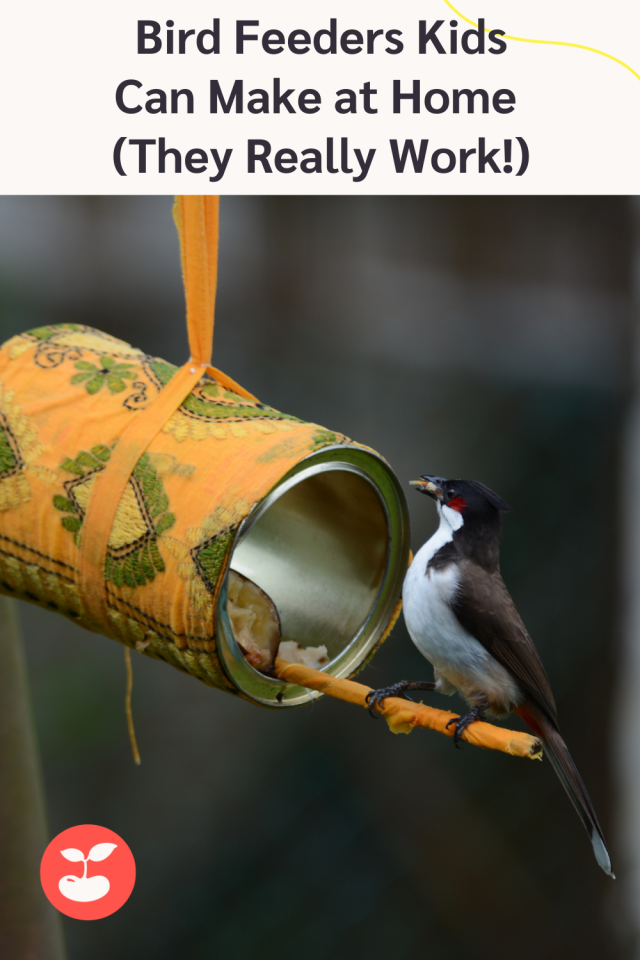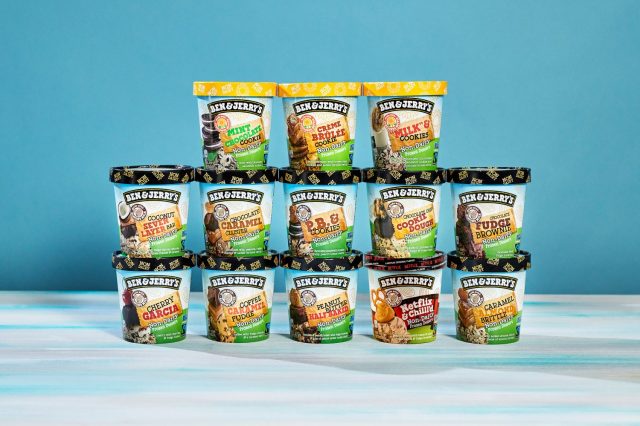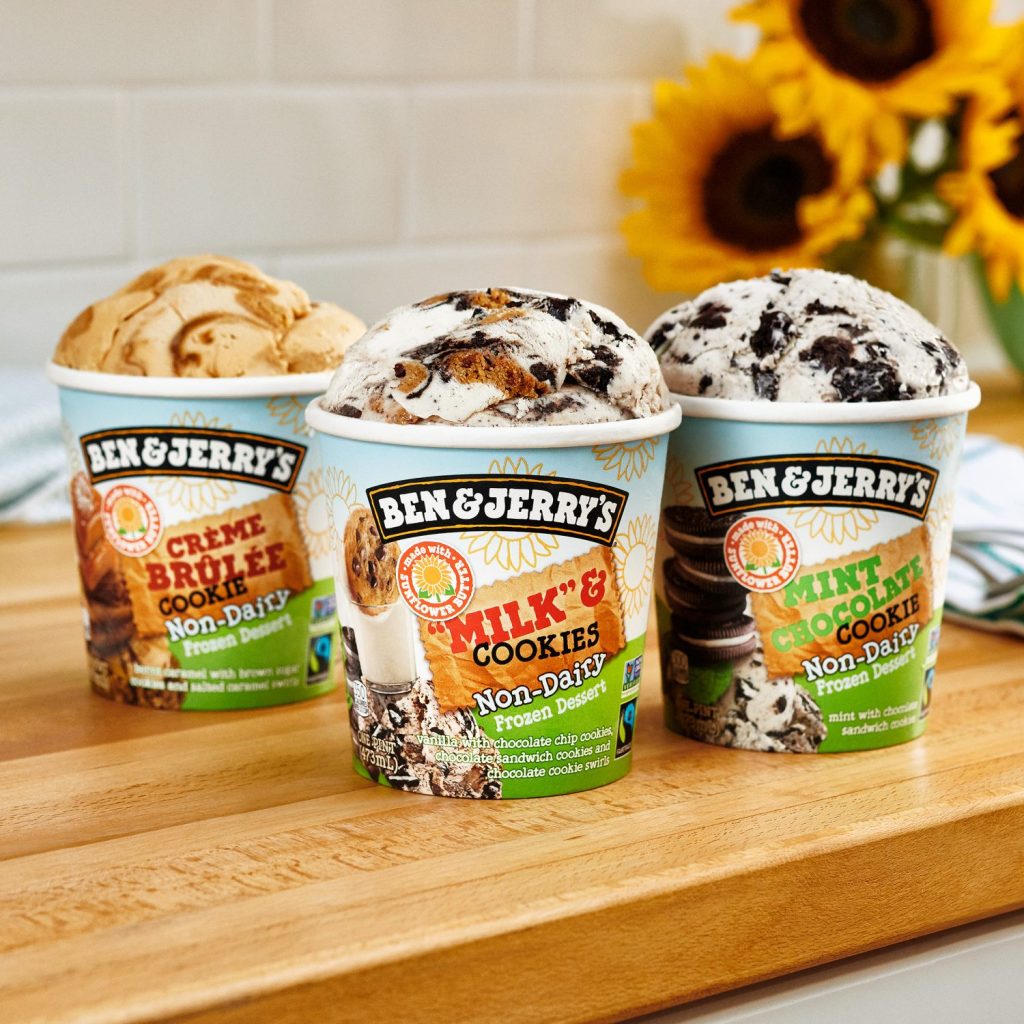While things keep changing this year, one thing that’s remained is that outside is still the best place for the whole family to have some fun. Whether it’s your backyard, your local park, or a tiny bit further, that fresh outdoor air keeps germs away and gets the wiggles out! Check out these ideas for having as much fun as you can outdoors this summer– remember to still bring your mask for when you can’t appropriately distance, and have fun!
Read on for more!
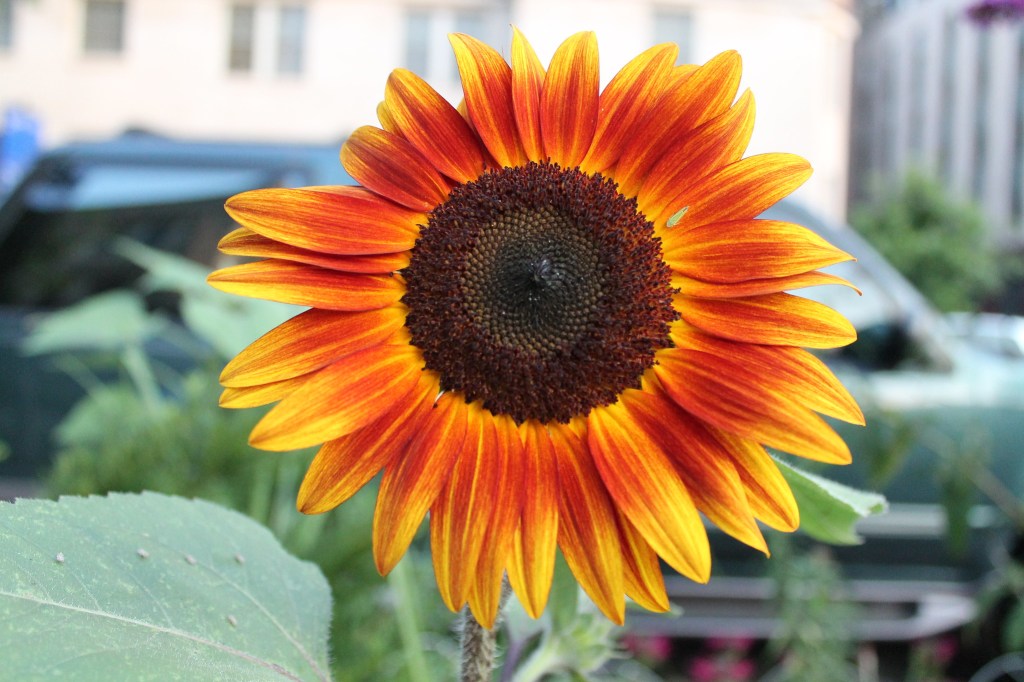
1) Go on a neighborhood scavenger hunt and spy on your neighbor’s gardens– can you find a sunflower? An artichoke? Berry bushes?
2) Explore the trails and creek at the Portland Audubon Society
3) If you’re inspired there, you can find even more great places for birdwatching all around town!
4) Get out of that summer cooking rut and take everyone to a favorite food cart.

photo: rh via yelp
5) Splash into an outdoor swimming hole during the dog days of summer.
6) Head to your favorite spot on the Oregon coast for some distanced beachcombing.
7) Go hiking! There are plenty of easy and gentle trails around for all ages.
8) Stuff your face (after picking, at home) and your freezer at these berry picking farms.

photo: iStock
9) Head outside at night and look up. Find lots of stargazing tips here!
10) Plant a family garden— it’s not too late for fall starts!
11) Portland Farmer’s Market is still open this summer (though there might be a lie to enter) Give each kid $5 and let them pick out whatever they want: bonus points if it’s a new-to-them veggie!
12) Try out a kayak or SUP adventure on the Willamette River.
13) Dine outside! Plenty of restaurants are opening new sidewalk cafes around town, like these ones.
14) Set up a fantastic outdoor art studio for maximum creativity.

photo: via istock
15) Test out your favorite ice cream in town. Yep, you’ll have to try them all: such a sacrifice.
16) Check out some of the best local beaches that are still open.
17) Walk up to one of these windows for your next lunch or dinner.
18) Create a mini fairy garden in your yard or on a windowsill.
19) Grab your favorite snacks and head to a perfect picnic spot.
20) Challenge the family to a tournament with these Jumbo Lawn Games.

photo: pixabay
21) Rack up the miles on the hiking boots (okay, one slow mile at a time) and catch a waterfall spray with one of these easy outings.
22) Take the kids and the pups all out together at these friendly-for-all parks!
23) Get out of town, safely, with these nearby summer getaways that are a quick trip from Portland.
–Katrina Emery
RELATED STORIES
Family-Friendly Swimming Holes in Portland
Best Portland Swimming Pools For Babies
10 Places to Get Your Feet Wet in PDX
100 Must-Try Summer Adventures in Portland
